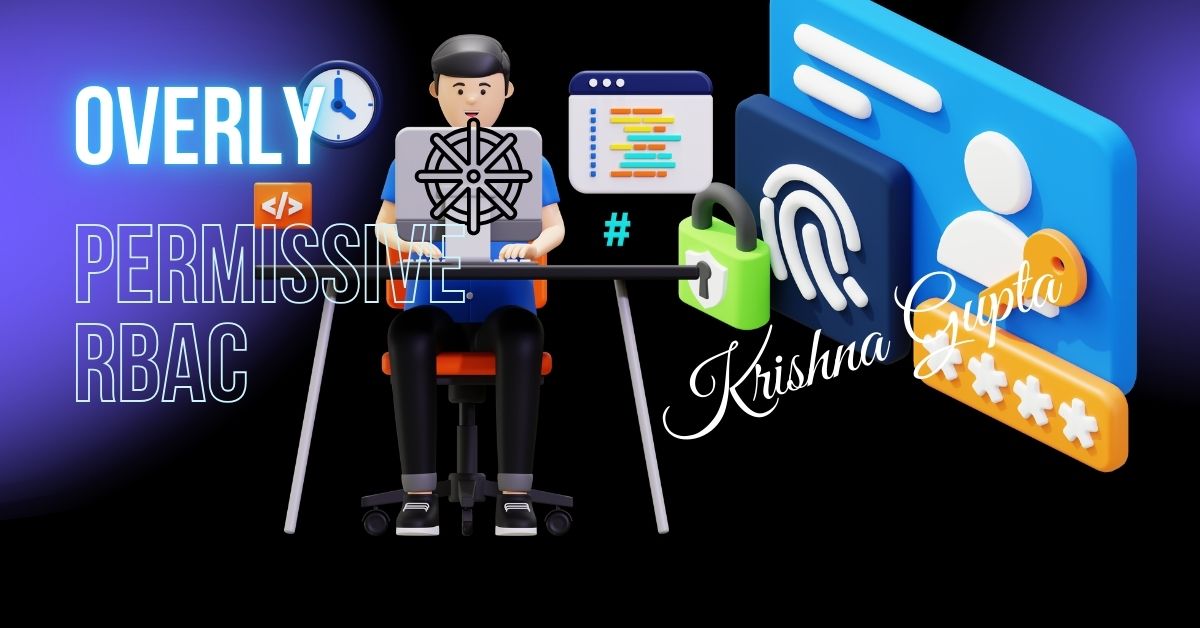OWASP Kubernetes Top Ten – K07: Missing Network Segmentation Controls
Kubernetes has become the de facto standard for container orchestration, empowering organisations to deploy, manage, and scale applications seamlessly. However, its flexibility comes with security challenges, and the OWASP Kubernetes Top Ten identifies the most critical risks organisations face. One such risk, K07: Missing Network Segmentation Controls, is a significant concern that can lead to lateral movement attacks, unauthorised access, and data breaches.
Network segmentation is the practice of logically or physically dividing a network into isolated segments to limit access and control data flow between different workloads. In Kubernetes, network segmentation ensures that different workloads, namespaces, and services only communicate when necessary, reducing attack surfaces and preventing lateral movement.

